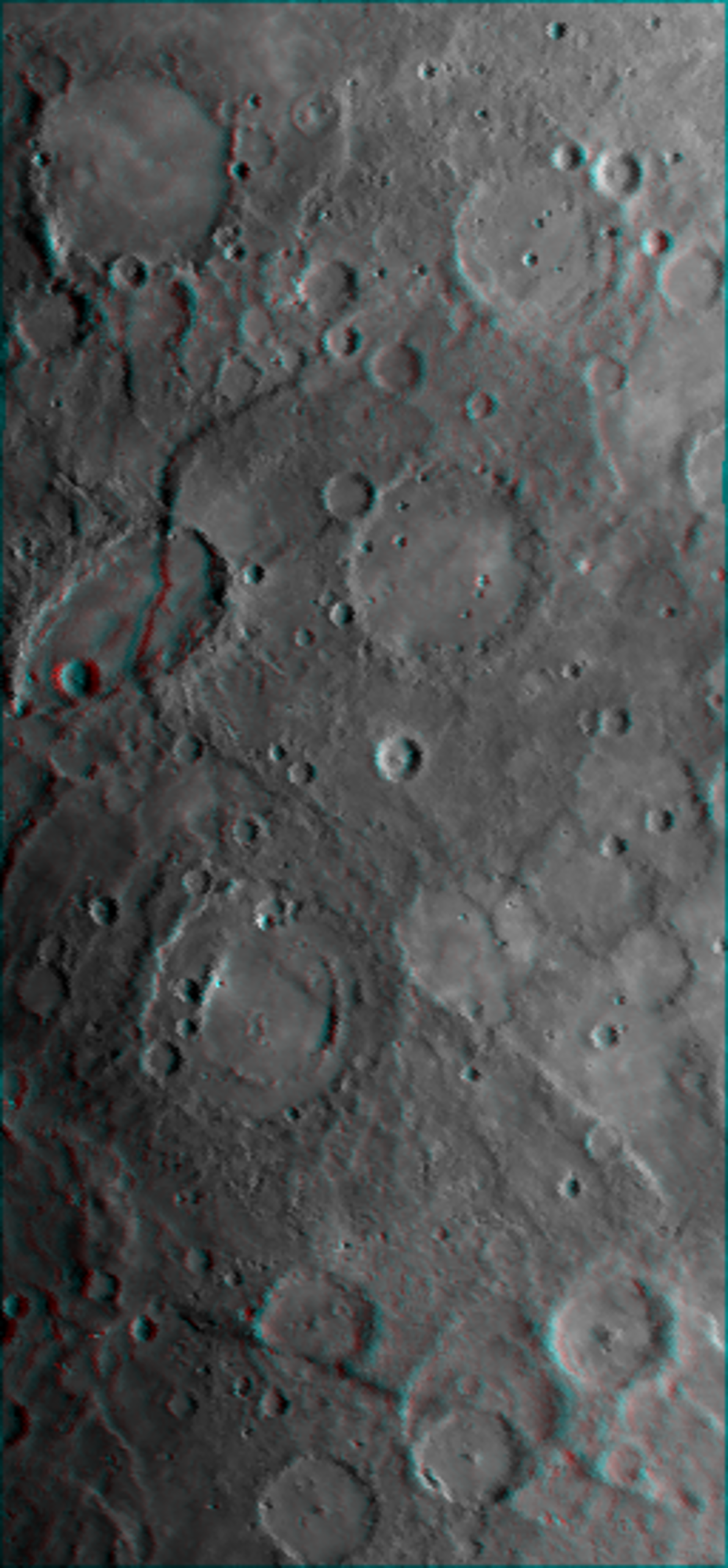Accept all cookies Accept only essential cookies See our Cookie Notice

About ESA
The European Space Agency (ESA) is Europe’s gateway to space. Its mission is to shape the development of Europe’s space capability and ensure that investment in space continues to deliver benefits to the citizens of Europe and the world.
Highlights
ESA - United space in Europe
This is ESA ESA facts Member States & Cooperating States Funding Director General Top management For Member State Delegations European vision European Space Policy ESA & EU Space Councils Responsibility & Sustainability Annual Report Calendar of meetings Corporate newsEstablishments & sites
ESA Headquarters ESA ESTEC ESA ESOC ESA ESRIN ESA EAC ESA ESAC Europe's Spaceport ESA ESEC ESA ECSAT Brussels Office Washington OfficeWorking with ESA
Business with ESA ESA Commercialisation Gateway Law at ESA Careers Cyber resilience at ESA IT at ESA Newsroom Partnerships Merchandising Licence Education Open Space Innovation Platform Integrity and Reporting Administrative Tribunal Health and SafetyMore about ESA
History ESA Historical Archives Exhibitions Publications Art & Culture ESA Merchandise Kids Diversity ESA Brand Centre ESA ChampionsSpace in Member States
Find out more about space activities in our 23 Member States, and understand how ESA works together with their national agencies, institutions and organisations.
Science & Exploration
Exploring our Solar System and unlocking the secrets of the Universe
Go to topicAstronauts
Missions
Juice Euclid Webb Solar Orbiter BepiColombo Gaia ExoMars Cheops Exoplanet missions More missionsActivities
International Space Station Orion service module Gateway Concordia Caves & Pangaea BenefitsLatest
Space Safety
Protecting life and infrastructure on Earth and in orbit
Go to topicAsteroids
Asteroids and Planetary Defence Asteroid danger explained Flyeye telescope: asteroid detection Hera mission: asteroid deflection Near-Earth Object Coordination CentreSpace junk
About space debris Space debris by the numbers Space Environment Report In space refuelling, refurbishing and removingSafety from space
Clean Space ecodesign Zero Debris Technologies Space for Earth Supporting Sustainable DevelopmentApplications
Using space to benefit citizens and meet future challenges on Earth
Go to topicObserving the Earth
Observing the Earth Future EO Copernicus Meteorology Space for our climate Satellite missionsCommercialisation
ESA Commercialisation Gateway Open Space Innovation Platform Business Incubation ESA Space SolutionsLatest
Enabling & Support
Making space accessible and developing the technologies for the future
Go to topicBuilding missions
Space Engineering and Technology Test centre Laboratories Concurrent Design Facility Preparing for the future Shaping the Future Discovery and Preparation Advanced Concepts TeamSpace transportation
Space Transportation Ariane Vega Space Rider Future space transportation Boost! Europe's Spaceport Launches from Europe's Spaceport from 2012Latest

BepiColombo's Mercury flyby in 3D
Thank you for liking
You have already liked this page, you can only like it once!
Explore part of Mercury’s surface in greater detail than ever thanks to this 3D reconstruction of the surface. The scene is based on an image captured by the ESA/JAXA BepiColombo spacecraft’s monitoring camera 3 (M-CAM 3) during its 19 June 2023 close flyby of the planet’s surface.
Use red-green/blue glasses to best enjoy this anaglyph image.
The image was taken from a distance of about 2 982 km, 17 minutes after closest approach. The image is centred at about 105ºE / 6ºS. The north-south-distance is approximately 1325.5 km, and the west-to-east distance corresponds to a maximum of 642 km (it varies with latitude due to the curvature of the surface). The topography at this site has been reconstructed using the ‘shape from shading’ technique. The topography is used to generate anaglyphs that give a visual impression of the terrain. The heights are scaled by a factor of 12.5 to optimize the visual experience in front of a computer or mobile screen.
The image showcases the topography of the region and captures the impressive 600 km-long Beagle Rupes scarp, which cuts through the elongated Sveinsdóttir impact crater. Beagle Rupes bounds a slab of Mercury’s crust that has been thrust westwards by at least 2 km over the adjacent terrain. The scarp curves back at each end more strongly than most other examples on Mercury.
Just below centre, the newly named Manley Crater is seen – assigned for artist Edna Manley. The 218 km-wide crater has a 120 km-wide circular peak-ring of material in its interior resulting from the formation process of the crater. The original basin floor, especially inside this ring, was subsequently flooded by lava that is responsible for the smooth interior texture. Regions like these will be important for BepiColombo’s main science mission, to learn more about Mercury’s geological history. See here for an annotated image capturing some of the features seen in this image.
The gravity assist manoeuvre was the third at Mercury and the sixth of nine flybys overall. During its seven-year cruise to the smallest and innermost planet of the Solar System, BepiColombo makes one flyby at Earth, two at Venus and six at Mercury to help steer on course for Mercury orbit in 2025. The Mercury Transfer Module carries two science orbiters: ESA’s Mercury Planetary Orbiter and JAXA’s Mercury Magnetospheric Orbiter. They will operate from complementary orbits to study all aspects of mysterious Mercury from its core to surface processes, magnetic field and exosphere, to better understand the origin and evolution of a planet close to its parent star.
-
CREDIT
ESA/BepiColombo/MTM, CC BY-SA 3.0 IGO; processing: K. Wohlfarth and M. Tenthoff (TU Dortmund) -
LICENCE
CC BY-SA 3.0 IGO or ESA Standard Licence
(content can be used under either licence)

BepiColombo’s third Mercury flyby: the movie

Best images from BepiColombo's sixth Mercury flyby

BepiColombo journey to Mercury

BepiColombo’s fourth Mercury flyby















 Germany
Germany
 Austria
Austria
 Belgium
Belgium
 Denmark
Denmark
 Spain
Spain
 Estonia
Estonia
 Finland
Finland
 France
France
 Greece
Greece
 Hungary
Hungary
 Ireland
Ireland
 Italy
Italy
 Luxembourg
Luxembourg
 Norway
Norway
 The Netherlands
The Netherlands
 Poland
Poland
 Portugal
Portugal
 Czechia
Czechia
 Romania
Romania
 United Kingdom
United Kingdom
 Slovenia
Slovenia
 Sweden
Sweden
 Switzerland
Switzerland
























